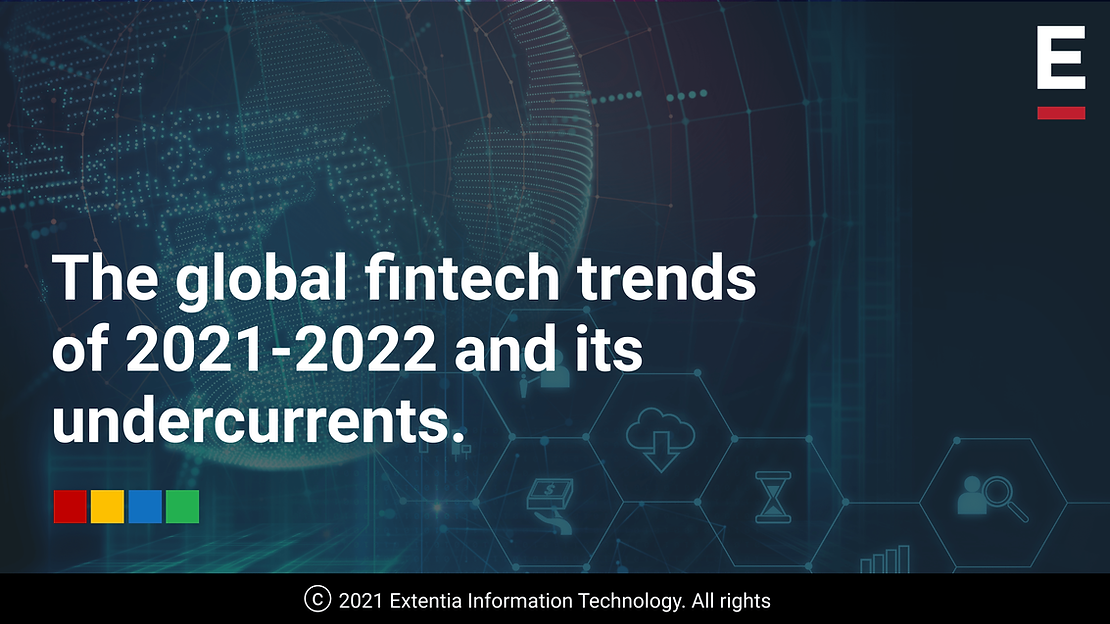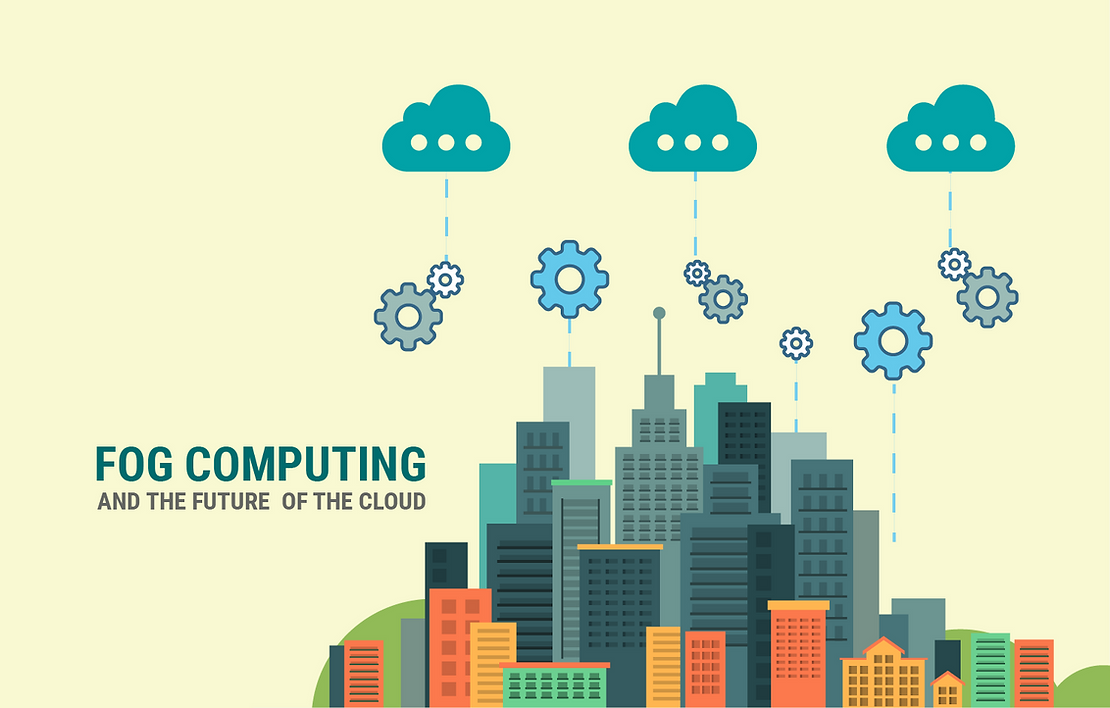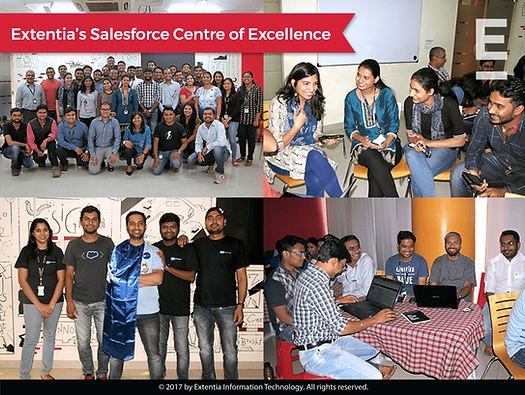In our previous posts, we elaborated on the evolution of fintech as well as the impact of COVID-19 on the field of financial technology. In this post, we delve deeper into the global fintech trends in 2021-2022. We have seen how fintech has played a significant role in accelerating financial operations in all sectors and has become an essential part of our lives. Now, people do not think twice before transferring money through payment gateways, mobile banking apps, or shopping online. The previously time-consuming banking and financial transactions are now easy and can be done with minimal effort. Fintech has transformed the customer buying experience, money transfer, banking experience, and much more. Businesses around the globe are adopting fintech technologies to retain existing customers and attract new ones. Their benefit lies in the technological advancement of their financial transactions and the customer experience their clients are left with.
But what are the top trends in fintech in 2021-2022 looking to change the world further? These trends will be sure to set some companies apart from others and provide a competitive edge to their offerings.
Fintech trends in 2021-2022:
Digital-only banking:
One of the most significant recent developments in many countries is the rise of digital-only or fintech-focused banks. They conduct all banking operations online and do not have a physical branch. Their customers only need a computer or a smartphone with a decent internet connection to make transactions: no branch, no paperwork, no lines, no waiting!Wider adoption of artificial intelligence:
Banks across the globe are considering integrating their operations with artificial intelligence for cost optimization, avoiding human resource management, improving efficiency and accuracy in their operations, and avoiding inevitable human errors. According to a forecast of Autonomous Research, “AI is projected to reduce bank operating costs by 22% by around 2030”. That could mean savings to the tune of $1 trillion ahead. Moreover, with its ability to work with unstructured data, AI is well equipped to deal with the growing incidences of cybercrimes and financial fraud threats.Cryptographic tokens:
The process of creating and managing cryptographic tokens on distributed ledgers or NFT has received a great response. Shortly, this technology can be used for tangible or intangible assets, which can be tokenized. In addition, asset tokenization may improve transaction visibility and streamline sales and purchase with more liquidity and easily verifiable ownership.Improving cybersecurity:
Cyber threats are increasing every day, and millions of dollars are lost every year in cybersecurity breaches. Money transfers, bank balances, credit scores are now a part of digital platforms, raising a primary concern for customers. The fintech industry realizes the criticality of cybersecurity and is focusing more on reducing cyberattacks using technology.Biometric security and safety:
Hacking, cyber-crimes, financial scams, cheatings have shocked every country and economy, from top businesses or banks to small consumers. With biotechnology in view, the protection of data and money is far safer than ever before. Moreover, post-pandemic, we can see a rise in the adoption of contactless biometric security systems.Cryptocurrency:
Bitcoin had once created havoc in the world of cryptocurrency. However, since the last couple of years, banks, fintech firms, and other financial institutions from Europe to Asia have been mulling over and experimenting with blockchain for cryptocurrencies like Bitcoin, Cardano, and Ethereum. The prime reasons for this change are reduced hacking risk, excellent speed, transparency in transactions, and the absence of any intermediaries.Blockchain:
Blockchain technology enables the existence of cryptocurrencies. After its success in cryptocurrency, financial institutions have begun considering blockchain adoption for traditional banking operations. The World Economic Forum report states that by 2025, blockchain technology will be responsible for storing 10% of global GDP. Blockchain is a digital distributed ledger system that organizes data into ‘blocks’ that may be processed, dispatched, recorded, and exchanged in seconds. It offers accuracy and transparency to the financial services ecosystem.Rising use of QR codes:
In its every corner, the world is using this most effortless payment facility underpayment apps regularly now. It is more viable and safer and more accessible than old digital payment methods. They are easy, straightforward, convenient, and align with the digital-banking era of today.NFC:
Near Field Communication/NFC enables devices in an area to communicate and share data. Card terminals, mobile phones, contactless cards, and other payment devices – all use NFC technology and are becoming a global trend utilized by technology giants.Voice activated technology:
The fintech sector has been using a unique technology with voice activation in many countries using artificial intelligence. This technology is widely used for recurring payments, replying to specific FAQs, providing essential information on financial services, and providing guidance to customers. Soon, we can expect this technology to be more human and offer broader support in actual financial transactions.
The top trends in the fintech industry and their undercurrents are changing the world around us every day. Fintech will revolutionize the financial sector in many ways, from increasing the use of payment gateways to providing credits and supporting people worldwide in conducting their business and personal transactions from anywhere. Further, the broader use of mobile technology, accessibility to the internet, and the disruption created by the COVID-19 pandemic, in conjunction with Big Data and the Internet of Things (IoT), are leading to a rise in the creation and adoption of innovative fintech solutions mainly to adapt to the changing global demographics.




